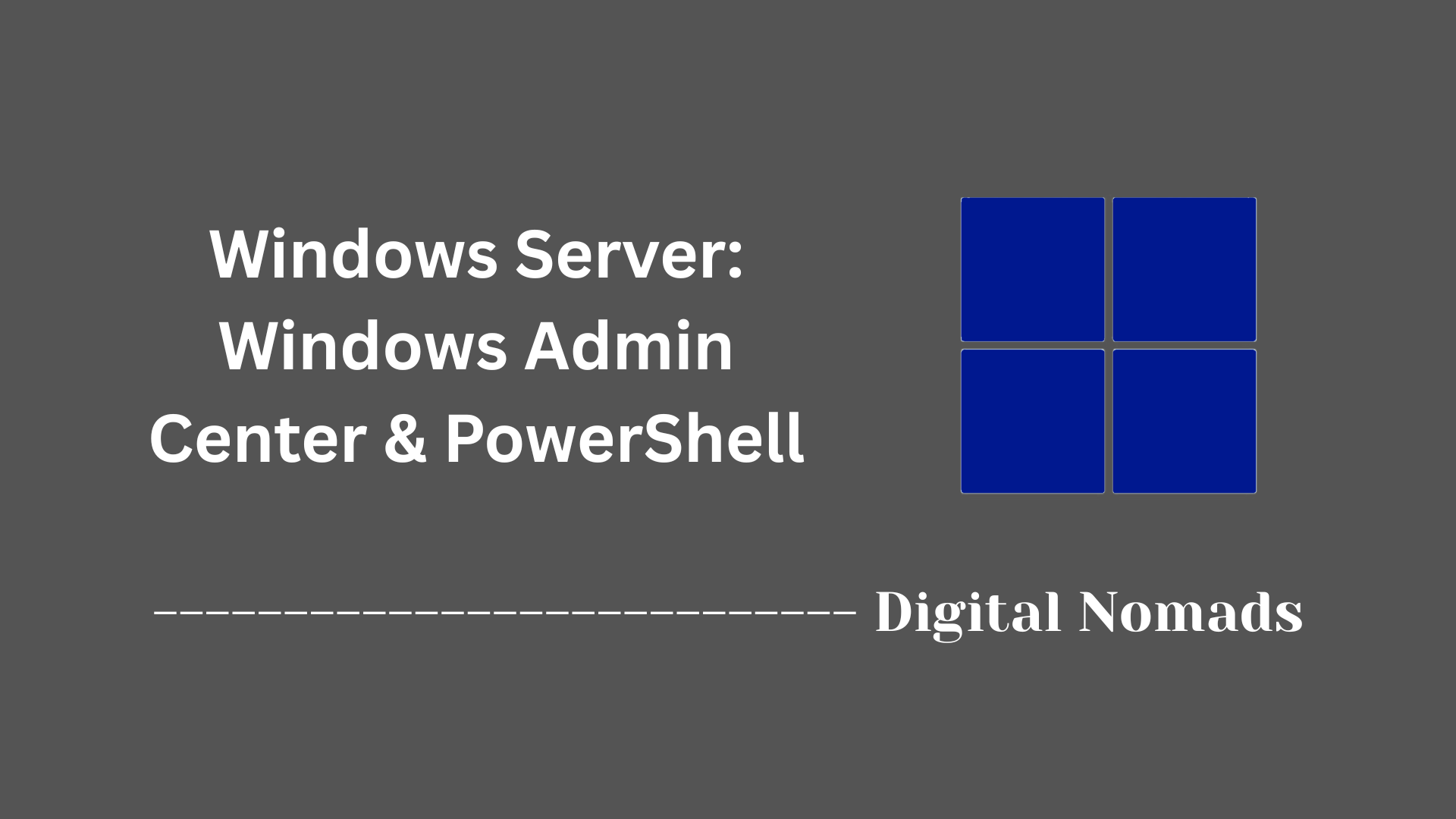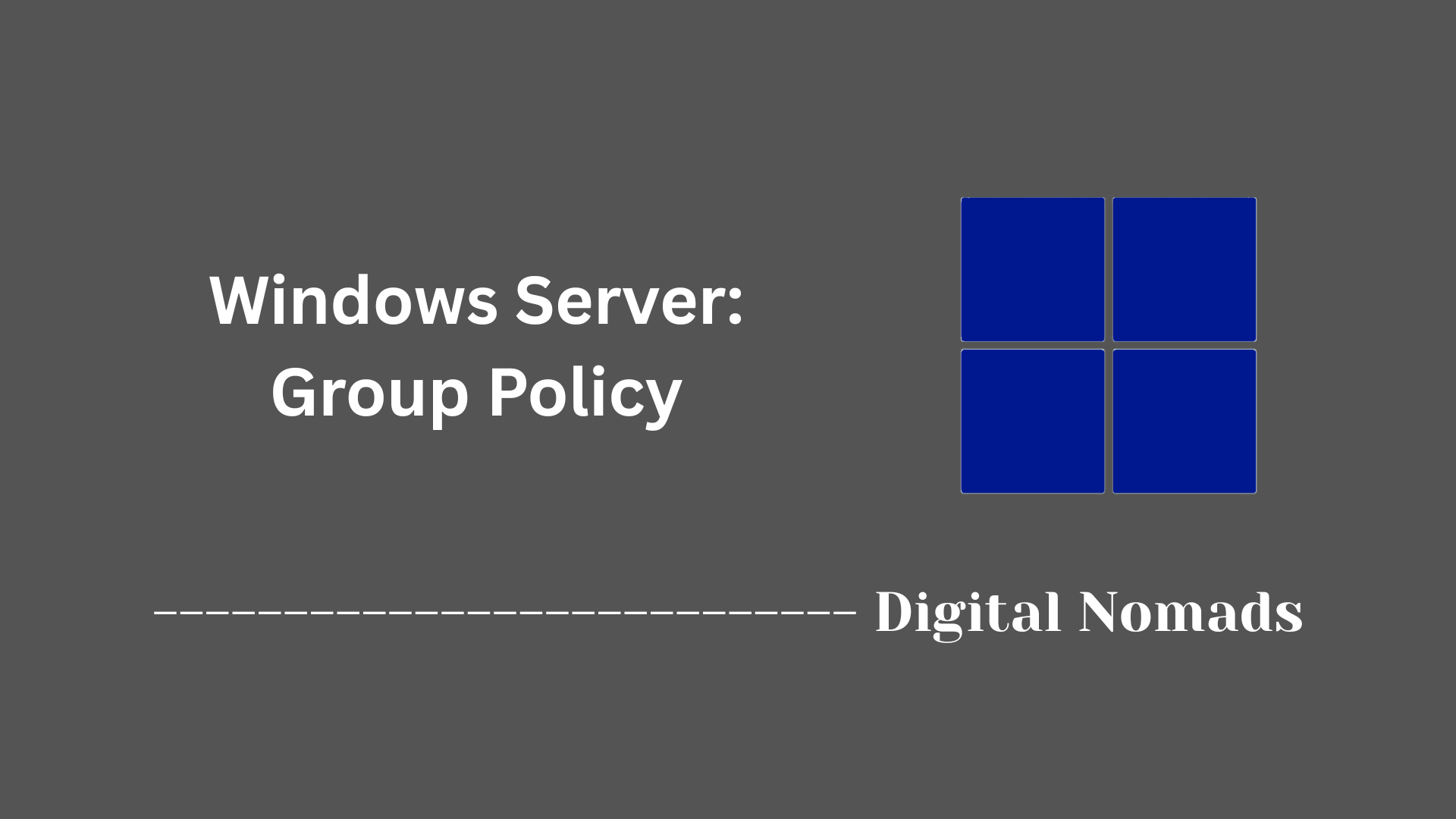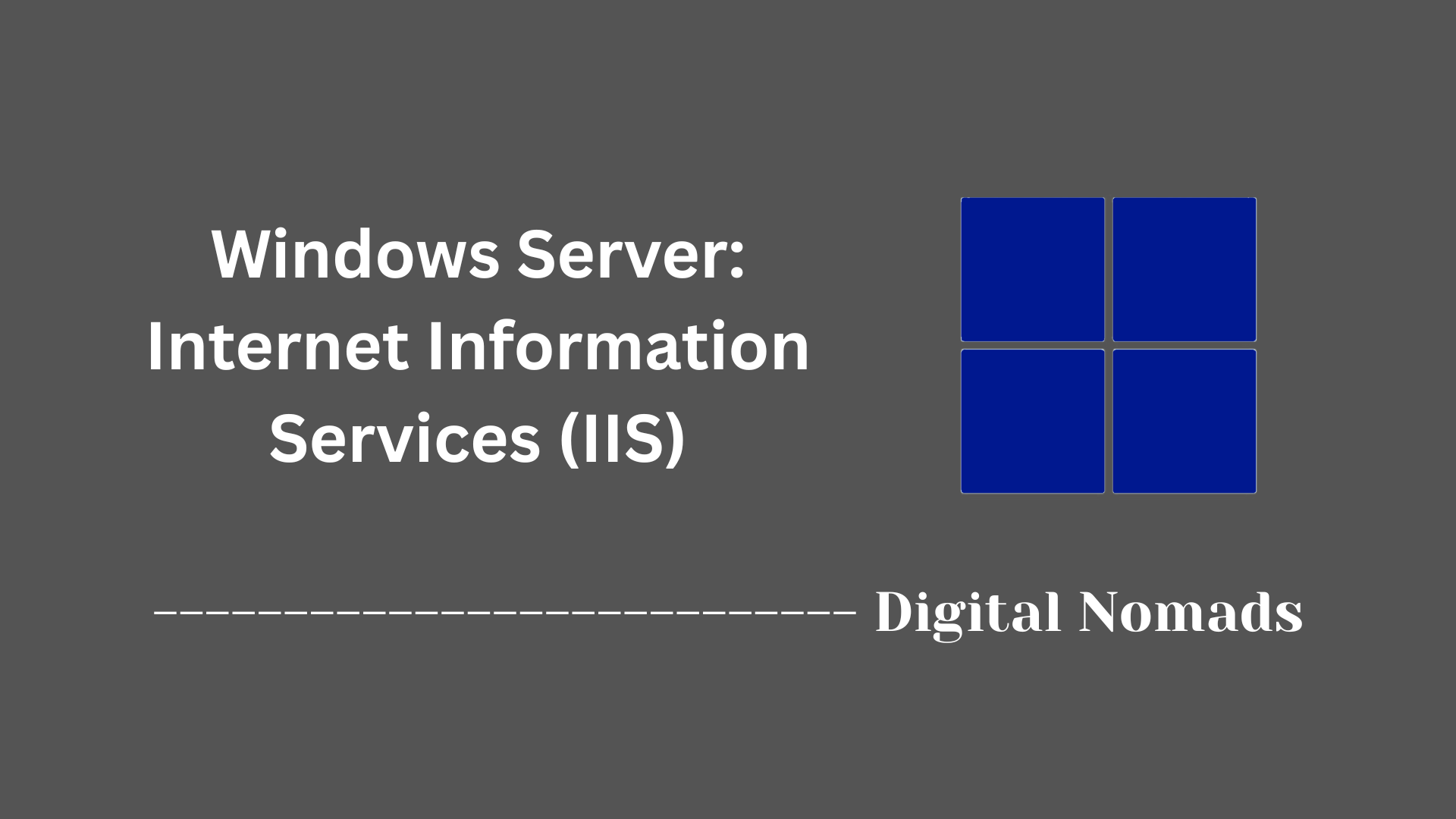Table of Contents
- Overview
- Operating System Security Features
- Identity and Access Management
- Network Security Controls
- Auditing and Compliance
- Patch Management and Update Assurance
- Advanced Threat Protection
- Best Practices for Security and Compliance
- Conclusion
Windows Server: Security and Compliance Services — Overview
What Is It?
Windows Server: Security and Compliance Services refers to the suite of integrated protections, controls, and management tools within Windows Server that help organizations defend IT environments, manage risk, and prove compliance. These capabilities span across operating system hardening, identity assurance, network protection, monitoring, auditing, and alignment with regulatory frameworks.
Windows Server brings security “defense in depth” directly into the platform, starting with features like secured-core server hardware integrations, anti-malware, credential protection, secure network communications, and robust audit logging. It also enables seamless policy enforcement and continuous compliance through automation and central management.
Why Is It Important?
- Modern Threat Landscape: Organizations face complex, evolving threats—from ransomware and phishing to advanced persistent threats targeting credentials, core infrastructure, and sensitive data.
- Regulatory Requirements: Businesses must demonstrate ongoing compliance with regulations such as HIPAA, PCI DSS, GDPR, SOX, and more. Failing to comply can lead to breaches, fines, or reputational harm.
- Operational Efficiency: Integrated security services automate routine protections, reduce manual workload, and streamline incident response—allowing IT teams to focus on strategic initiatives.
- Business Continuity: Security features help prevent attacks that could disrupt operations, cause data loss, or impact service delivery.
How Does It Work?
Windows Server security and compliance services operate on several interconnected layers:
- Platform Security: Starts at the hardware with features like Secure Boot and Trusted Platform Module (TPM) for firmware and OS integrity, extending into virtualization-based isolation and code integrity. This reduces the attack surface from the ground up.
- Identity and Access Management: Utilizes Active Directory, multi-factor authentication, conditional access, and role-based administration to control “who” can do “what,” “when,” and “how.”
- Network Protection: Implements advanced firewall policies, IPsec encryption, and software-defined networking to isolate workloads and secure internal traffic.
- Monitoring and Auditing: Tracks system, user, and configuration changes through audit logs, with integration into SIEM solutions for analysis and long-term retention.
- Compliance and Reporting: Provides templates, baselines, and automation to apply industry-recommended security settings—and report on compliance status for audits or internal reviews.
- Patch and Update Management: Automates the safe and timely application of updates across the environment, minimizing the window of exposure for newly discovered vulnerabilities.
Bringing all of these together, Windows Server offers a secure foundation that is continuously updated and improved to meet the requirements of modern enterprise environments, whether on-premises, hybrid, or in the cloud. This empowers organizations to proactively defend against threats, simplify management, and confidently demonstrate compliance.
Operating System Security Features
Modern Windows Server editions provide a layered security architecture, integrating protection from the hardware up through the operating system and into the network stack. The following components contribute to resist emerging threats and minimize attack surfaces:
- Secured-core Server: Combines hardware, firmware, and operating system controls to resist advanced attacks. The platform enforces Secure Boot, validates firmware components, and leverages hardware-based root of trust. Protection is enhanced by using virtualization-based security to isolate sensitive processes and secrets.
- UEFI Secure Boot: Ensures that only signed and trusted operating system loaders and drivers are executed during startup. This helps prevent rootkits or bootkits from establishing persistence before the OS loads.
- TPM 2.0: Uses hardware–based cryptographic storage to safeguard sensitive assets—such as credentials and encryption keys—from unauthorized access, providing greater assurance for integrity checks and secure boot processes.
- DMA and DRTM Protection: Guards system memory against attacks leveraging Direct Memory Access and verifies microcode integrity at boot to detect low-level malware.
- Virtualization-Based Security (VBS): Creates isolated environments for critical system processes using hardware virtualization. This isolation protects against exploits that attempt kernel-level compromise.
- Hypervisor-Protected Code Integrity (HVCI): Blocks unsigned or untrusted code from running in the kernel, ensuring only authorized drivers and binaries can execute at the core level.
- Kernel Data Protection (KDP): Applies memory protections to prevent unauthorized changes to kernel memory, making exploitation significantly more difficult.
- Microsoft Defender Integration: Provides real-time malware, ransomware, and advanced threat detection directly within the operating system, powered by AI and cloud-based analytics for rapid response to new threats.
- TLS 1.3 and Advanced Encryption: Encrypts data in transit using the latest cryptographic standards, such as TLS 1.3 and AES-256, supporting enhanced protocol compliance and privacy for both internal and external communications.
- DNS-over-HTTPS (DoH): Encrypts DNS queries to conceal them from potential interception or tampering, improving network privacy and security.
- SMB Security Enhancements: Provides options for AES-256-GCM and AES-256-CCM encryption, mandatory signing for SMB traffic, and advanced controls for internal cluster communication. This protects data at rest and in motion, especially in storage and cluster environments.
Identity and Access Management
Windows Server delivers robust identity and access management solutions that secure authentication, enforce policies, and control privileged access across enterprise environments:
- Active Directory Domain Services (AD DS): Provides centralized authentication and authorization, enabling administrators to manage users, groups, and policies efficiently across domains and forests.
- Administrative Tier Model: Implements a structured approach to restrict administrative privileges, reducing the risk of lateral movement by segmenting accounts and environments based on function and sensitivity.
- Privileged Access Management (PAM): Offers just-in-time and just-enough-access controls, minimizing standing administrative privileges and ensuring elevated access is granted only for the necessary time and purpose.
- Group Managed Service Accounts (gMSA): Simplifies the management of service account credentials by automating password rotation and providing enhanced security for services running across multiple servers.
- Authentication Mechanisms: Supports Kerberos and NTLM protocols for verification, along with certificate-based authentication, smart cards, and Windows Hello for Business to strengthen authentication factors.
- Multi-Factor Authentication (MFA): Integrates natively with Azure MFA to require additional verification steps beyond passwords for on-premises and hybrid scenarios, enhancing protection against unauthorized access.
- Conditional Access Policies: Enables risk-based access control tied to user location, device compliance, sign-in risk, and other signals to enforce adaptive authentication requirements.
- Just Enough Administration (JEA): Provides role-based delegated administration by granting users minimal privileges necessary to perform specific tasks, significantly reducing exposure from overprivileged accounts.
- Access Reviews and Auditing: Supports periodic review of user permissions and detailed logging of access events to maintain compliance and detect suspicious activity related to identity usage.
Network Security Controls
Windows Server integrates advanced network security features to protect communications, enforce boundaries, and safeguard sensitive data across distributed environments:
- IPsec: Provides encryption and authentication for IP traffic between systems. Policies can be configured to secure connections across internal networks and with remote endpoints. Integration is managed through Windows Defender Firewall with Advanced Security, supporting flexible rule creation for inbound and outbound protected traffic.
- SMB Security Enhancements: Enforces encryption for file shares using the latest protocols. Default firewall rules for SMB traffic are more restrictive, limiting exposure to legacy ports and improving the overall security provided by file and printer sharing.
- Software-Defined Networking (SDN): Enables centralized management of virtual networks, micro-segmentation, dynamic access controls, and encrypted virtual subnets. SDN extends security policies across both physical and virtual infrastructure, supporting isolation, multi-tenancy, and rapid reconfiguration for evolving workloads.
- Windows Admin Center Security Management: Centralizes security monitoring, compliance checks, and configuration updates for servers and workloads. Features include integration with role-based access controls, remote management, and enhanced hardware security visibility.
- Firewall and Advanced Policy Controls: Windows Defender Firewall provides granular filtering of inbound and outbound traffic, supporting application-defined rules and group policy enforcement. Enhanced logging, auditing, and recommendations help administrators maintain a secure network posture.
- Authentication and Protocol Controls: Controls are available for enforcing the use of modern authentication protocols, disabling legacy standards, and restricting unsupported or insecure ciphers to minimize the risk associated with outdated technologies.
Auditing and Compliance
Windows Server provides robust auditing and compliance solutions that enable organizations to monitor activities, enforce policy, and maintain a secure, compliant environment. These components help track changes, detect unauthorized access, and support regulatory requirements through detailed event logging and reporting:
- Advanced Audit Policy Configuration: Offers granular control over audited events, with categories such as account logon, account management, object access, policy change, privilege use, process tracking, and system events. By targeting only the most relevant activities, organizations can reduce noise and maintain focused, actionable audit trails.
- Security Baselines: Provide Microsoft-recommended configuration settings that address modern threats and align with compliance standards. Baselines can be managed with tools like the Security Compliance Toolkit and enforced via group policy, Configuration Manager, or Intune.
- Audit Logging: Captures detailed information on user activity, process creation, changes to accounts and policies, logon events, and object access. Audit logs support incident investigations by recording both successful and failed actions and alterations to sensitive settings.
- Compliance Reporting: Supports automated reporting aligned to regulatory mandates such as PCI DSS, HIPAA, GDPR, SOX, and others. Predefined and custom reports help demonstrate adherence and facilitate audit response, including identification of high-risk accounts and critical changes.
- Event Log Management: Enables centralization of audit logs for scalability, long-term retention, and correlation. Administrators can define log size, retention policies, and forwarding to SIEM or monitoring platforms for ongoing oversight and response.
- Alerting and Change Tracking: Monitors for critical changes and events, providing notifications to administrators for prompt investigation. Integrates with tools that allow sorting of audit data and creation of searchable, scheduled reports.
Patch Management and Update Assurance
Windows Server delivers comprehensive tools to automate, schedule, and validate software updates while maintaining uptime and compliance. These features are designed to reduce vulnerability exposure, minimize manual intervention, and support enterprise-scale deployments:
- Windows Server Update Services (WSUS): Centralizes the distribution of Microsoft product updates, allowing administrators to manage approvals, automate delivery, and target specific systems or groups for patch deployment across large environments.
- Automatic Updates: Ensures operating systems stay protected with the latest patches, security fixes, and driver updates through built-in Windows Update. Administrators can schedule installations outside of business hours and enforce mandatory update compliance.
- Cluster-Aware Updating (CAU): Supports rolling updates of cluster nodes with zero downtime by orchestrating automatic pausing, updating, and resuming of each node in turn. This enables business-critical workloads to remain highly available throughout maintenance cycles.
- Update Compliance Monitoring: Integrates with tools such as Microsoft Endpoint Configuration Manager and Azure Update Management to provide dashboards, health assessments, and reporting on update status, success rates, and out-of-date systems.
- Driver and Firmware Updates: Offers unified patching for hardware drivers and server firmware alongside OS updates, increasing system stability and maintaining hardware security integrity.
- Selective Deployment and Rollback: Allows granular control over update selection, pilot testing, and automated rollbacks if issues are detected, minimizing downtime risk and simplifying troubleshooting.
- Update Approval and Staging: Facilitates phased rollouts by staging updates through development, test, and production environments, enabling early detection of compatibility or performance concerns before wide deployment.
Advanced Threat Protection
Windows Server integrates comprehensive advanced threat protection features to detect, investigate, and respond to sophisticated cyber threats using real-time analytics, AI, and cloud intelligence. These capabilities are designed to secure both identity infrastructure and system workloads across hybrid scenarios:
- Microsoft Defender for Identity: Monitors domain controllers, Active Directory Federation Services, and Certificate Services for abnormal activities and signs of advanced attacks. Uses machine learning and behavior analytics to identify privilege escalation, lateral movement, and risky configuration changes, providing security teams with clear, actionable alerts.
- Windows Defender Application Control: Enforces strict control over the execution of applications and drivers, allowing only trusted, authorized code to run. This prevents malware and unauthorized scripts from executing, reducing the attack surface and minimizing exploitation risks in server environments.
- Just Enough Administration (JEA): Delivers role-based delegation for administrative tasks, limiting user permissions to only the functions required for their roles. JEA creates PowerShell endpoints with precise control over accessible commands and logs all activities for audit and forensic review.
- Advanced Threat Detection and Response: Utilizes cloud-powered analytics and machine learning to provide real-time detection of active threats, automatic incident response capabilities, and a unified dashboard for incident tracking and investigation. Alerts and actions integrate seamlessly with security information and event management (SIEM) solutions for centralized management.
- Credential and Privilege Protection: Features like Credential Guard and Secure Boot are implemented to protect credentials from theft and block boot-level attacks. These mechanisms isolate sensitive secrets and enforce strong credential hygiene.
- SMB and Network Threat Protection: Enhances security of file and network protocols with hardened defaults, brute force prevention, encryption enhancements, and safeguards against relay and spoofing attacks, especially for servers accessed remotely or running in hybrid cloud environments.
Best Practices for Security and Compliance
Windows Server environments benefit from aligning with established best practices to achieve robust protection and regulatory compliance. These approaches help reduce risk, strengthen configuration, and maintain operational resilience across the enterprise:
- Adopt Security Baselines: Regularly apply Microsoft security baselines and compare configurations to recommended settings. Use tooling to detect drift, automate application of secure defaults, and remediate deviations.
- Enforce Privilege Separation: Assign administrative privileges only as needed, segment administrative accounts by function, and deploy just-in-time access management frameworks to minimize exposure to elevated permissions.
- Require Multi-Factor Authentication: Mandate MFA for all privileged and remote access, and integrate with conditional access to ensure strong authentication even in hybrid environments.
- Prioritize Patch Management: Implement a consistent update cadence across operating systems, applications, firmware, and hardware. Use WSUS or equivalent management solutions to automate and verify patch deployment.
- Enable Encryption: Ensure encryption is enabled for sensitive data, both at rest and in transit. Use BitLocker for drives and require modern protocols such as TLS 1.3 for network communications.
- Centralize Logging and Monitoring: Route event logs to a secure, centralized location. Integrate with SIEM solutions for continuous monitoring, notification, and automated response to suspicious behavior.
- Regularly Review Access and Audit Logs: Conduct periodic access reviews to maintain least-privilege principles and identify excessive or outdated permissions. Analyze audit logs for signs of privilege escalation, unauthorized changes, or policy violations.
- Segment and Isolate Networks: Use network segmentation to isolate sensitive workloads, apply firewalls, and restrict lateral movement. Leverage SDN features for granular access control in virtualized environments.
- Document and Validate Security Configurations: Maintain actionable documentation of current security settings and regularly validate configurations with automated compliance tools.
- Plan and Test Incident Response: Develop and exercise incident response processes. Test backup and recovery procedures to ensure rapid restoration in case of attack or failure.
Conclusion
Throughout this blog post, we have explored the comprehensive range of security and compliance services that Windows Server offers to protect enterprise environments. From robust operating system security features like secured-core servers and virtualization-based protection, to strong identity and access management with Active Directory enhancements and multi-factor authentication, Windows Server provides a versatile foundation to help organizations safeguard against evolving threats.
Network security capabilities, including software-defined networking and advanced firewall controls, enhance perimeter defenses and internal segmentation. Auditing and compliance tools give IT teams clear visibility into system activities and policies, helping demonstrate adherence to regulatory requirements. Patch management and update assurance solutions ensure systems remain resilient by automating timely remediation and reducing vulnerabilities.
Advanced threat protection features empower security operations with real-time intelligence, strict application controls, and delegated administration. Finally, adopting best practices such as enforcing least-privilege access, enabling encryption, maintaining comprehensive auditing, and planning for incident response strengthens the overall security posture and compliance readiness of Windows Server environments.
Securing critical infrastructure is an ongoing journey, but by leveraging these built-in capabilities and maintaining vigilant operational practices, organizations can build a resilient foundation equipped for today’s dynamic threat landscape.
Thank you for joining this deep dive into Windows Server’s security and compliance offerings. Stay proactive, and keep your infrastructure protected.




